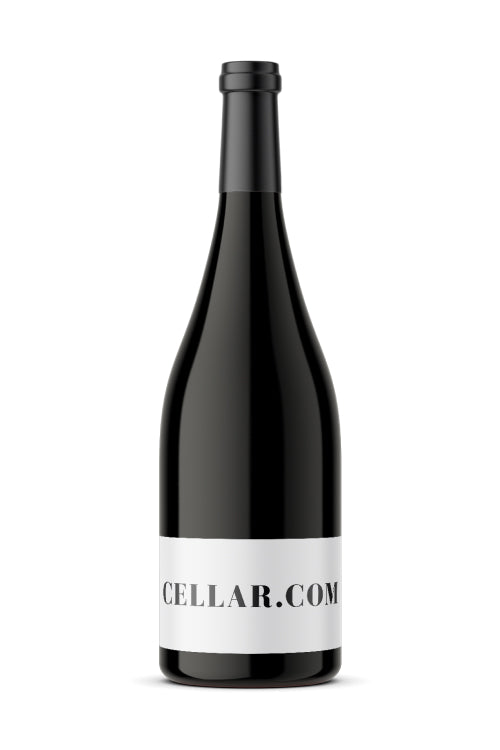1
/
of
1
Frescobaldi Castelgiocondo Brunello di Montalcino - 1997 (750ml)
Frescobaldi Castelgiocondo Brunello di Montalcino - 1997 (750ml)
Regular price
$149.99
Sale price
$149.99
Regular price
$186.99
Unit price
/
per
The 1997 Brunello di Montalcino Tenuta di Castelgiocondo is a focused and determined wine that is laced with black cherry, sweet spice, candied fruit, menthol notes, root beer and licorice. The brightness and overall buoyant lift to the bouquet is very attractive. Brunello Castelgiocondo changes gear in the mouth where instead of brawn and power, it delivers a compact and smooth finish. The wine is at its peak drinking moment now, or perhaps slightly beyond it.
Whisky Advocate - 89 points
Whisky Advocate - 89 points
Share :

- varietal
- Region
- Type
- Reviews
Product Review
The 1997 Brunello di Montalcino Tenuta di Castelgiocondo is a focused and determined wine that is laced with black cherry, sweet spice, candied fruit, menthol notes, root beer and licorice. The brightness and overall buoyant lift to the bouquet is very attractive. Brunello Castelgiocondo changes gear in the mouth where instead of brawn and power, it delivers a compact and smooth finish. The wine is at its peak drinking moment now, or perhaps slightly beyond it.
Product Score
89
By far the most significant variety in central Italy, it is the main grape in 25 of Tunscay’s 42 DOCs and also the backbone to the region’s most highly acclaimed wines. It’s capacity to adapt and evolve according to its suroundings is partly why it has acquired so many clones and synonyms. In Chianti Classico it is often referred to as "Sangioveto", while in the towns of Montalcino and Montepulicano (not related to the variety grown in Abruzzo) it goes by "Brunello" and "Prugnolo Gentile" respectively. Other synonyms include "Morellino" in southern Maremma, and "Nielluccio" in Corsica. With this in mind it is no surprise there is such variety in styles, varying from light young wines like Chianti Classico all the way through to gloriously rich and powerful Brunellos that can benefit from decade or more bottle maturation. Sangioveses that see little to no oak, typically show bright, tart red fruit of cherries and redcurrants while olives, herbs, and meat juices are noted in more savory examples. The grape’s acidity makes it a good accompaniment to food which is also high in acidity. Tomato based dishes and a great variety of Italian cuisine can pair incredibly well.
Tuscany is practically synonymous with Italian wine. Red wine, principally made from Sangiovese, accounts for most of the region’s production. Whether it’s a light Chianti, bold Brunello di Montalcino, or fruit-forward Super Tuscan there is a wine for just about everyone. Other sub-regions within Tuscany include Maremma, Bolgheri, and Rosso di Montalcino.
Red wine is wine made from dark-coloured grape varieties. The color of red differs based on the grapes variety or varieties used.Interestingly, black grapes yield a juice that is greenish-white. The actual red color comes from anthocyan pigments (also called anthocyanins) from the skin of the grape (exceptions are the relatively uncommon teinturier varieties, which produce a red colored juice). Most of the production centers around the extraction of color and flavor from the grape skin.


